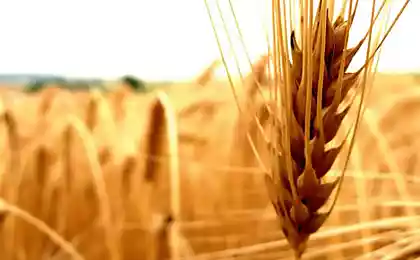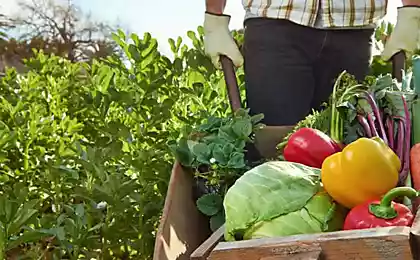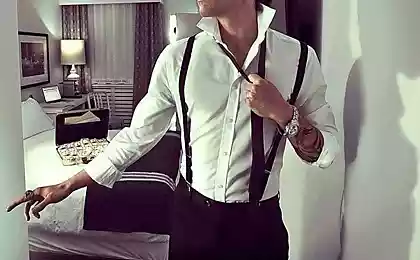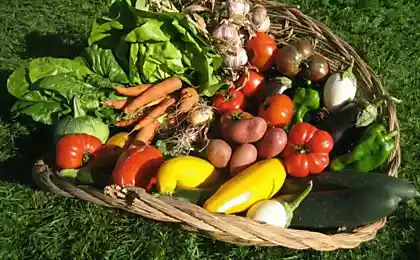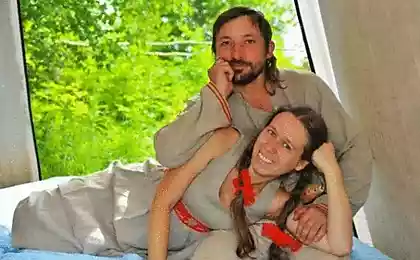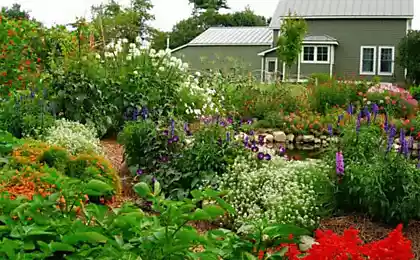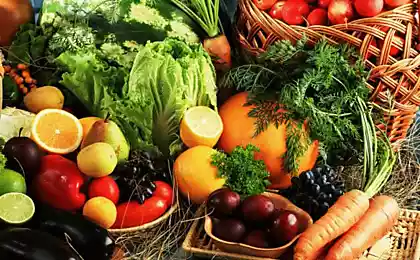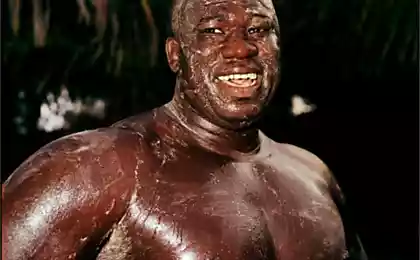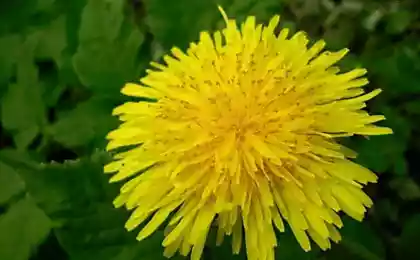619
Thrips and measures against them
Thrips are small insects pests of different vegetable crops. The greatest damage to bring bread cereals wheat, rye and oat thrips.
Wheat thrips.
Adult insect is brown or black in color, with two pairs of wings, blackened at base. The length of the body of wheat thrips from one half to two mm. Mouthparts thrips have sucking. Eggs are white, very small. The larvae of thrips is dark red in color, with two setae on last segment.

Thrips damage the wheat, spring and winter, rarely rye. They suck juices from wheat (more rarely from the seeds of other plants), and spikelet scales that leads to underdevelopment of the ear, as a result, the scales are discolored and the grain becomes puny and easy.
Thrips are widely distributed in forest-steppe and steppe zones. These pests give one generation a year. Thrips overwinter in the larval phase in the upper soil layers and partly in the root zone. In the spring the larvae of the thrips come to the surface and turn into proinfo. This phase lasts from one week to three and a half. Adults of wheat thrips appear during the period when spikes cereals.
After mating the female thrips lay eggs on the stem of the ear during spikelet scales of several pieces each. Oviposition at the trips longer and can last more than a month. Development of eggs lasts about a week or less. Emerged from the eggs the larvae of thrips are moving to grain. In the late summer to harvest the larvae of thrips go into hibernation.
Effective measure to combat thrips wheat is the deep ploughing of land after harvest and in the spring before planting. This method of dealing with thrips destroys up to 90% of wintering in the land of thrips. There are also various chemical agents, but most of them are toxic.
Rye thrips.
Rye thrips – insects black-brown color, with a length of about 1.5 mm. the Males of these insects without wings. Female thrips lay their white, very small eggs. Larva pale-yellow, length about 2 mm. Thrips damage rye, sucking the juices, than cause dieback ears. From sucking larvae of the upper part of the leaf becomes colourless (white) or red.
Measures to control thrips rye: deep plowing at the edges of the land and ditches on the roadsides, and the complete destruction of weeds on which these thrips overwinter.
Oat thrips.
Adult thrips oat length 0.9 mm, yellowish-gray or gray-brown color. Front wings with two and back with one longitudinal vein. Thrips eggs are white, small. Larvae of thrips are yellowish-gray. Last abdominal segment with the upper hand with subulate appendages. Harm and oat thrips adults and larvae.
Adult thrips feed on koloskovy scales and flower films oat and wild oat, and larvae, they also cause damage to the grain. From sucking larvae thrips spicate scales turn brown, the grain is sluggish and reminiscent of ripe grain.
Found throughout Central Russia and the CIS countries, almost wherever grown a crop of oats. Oat trips during the year, only one generation develops. In the spring of thrips appear in the field for 14-20 days before the oat begins ears.
Females lay 3-4 eggs per day into the fabric of spikelet scales, inside the folded leaf to ear emergence. The female lays about a hundred eggs. The duration of development of larvae oat thrips 7 to 10 days.
Mature larvae go into the soil to a depth of 50 cm, which are transformed into pronymph, and then into an adult insect. Adult thrips have wings don't come out in the autumn on the soil surface, on the contrary, they descend deeper into the soil, where they remain until late spring of next year.
Most adult thrips overwinter in the ground at a depth of 750 mm.
Measures to control thrips oat same as with the first two types. And the most effective way of dealing with thrips oat that are early sowing. Sowing must be done before the thrips to come back from wintering.
Source: chudo-ogorod.ru/
Wheat thrips.
Adult insect is brown or black in color, with two pairs of wings, blackened at base. The length of the body of wheat thrips from one half to two mm. Mouthparts thrips have sucking. Eggs are white, very small. The larvae of thrips is dark red in color, with two setae on last segment.

Thrips damage the wheat, spring and winter, rarely rye. They suck juices from wheat (more rarely from the seeds of other plants), and spikelet scales that leads to underdevelopment of the ear, as a result, the scales are discolored and the grain becomes puny and easy.
Thrips are widely distributed in forest-steppe and steppe zones. These pests give one generation a year. Thrips overwinter in the larval phase in the upper soil layers and partly in the root zone. In the spring the larvae of the thrips come to the surface and turn into proinfo. This phase lasts from one week to three and a half. Adults of wheat thrips appear during the period when spikes cereals.
After mating the female thrips lay eggs on the stem of the ear during spikelet scales of several pieces each. Oviposition at the trips longer and can last more than a month. Development of eggs lasts about a week or less. Emerged from the eggs the larvae of thrips are moving to grain. In the late summer to harvest the larvae of thrips go into hibernation.
Effective measure to combat thrips wheat is the deep ploughing of land after harvest and in the spring before planting. This method of dealing with thrips destroys up to 90% of wintering in the land of thrips. There are also various chemical agents, but most of them are toxic.
Rye thrips.
Rye thrips – insects black-brown color, with a length of about 1.5 mm. the Males of these insects without wings. Female thrips lay their white, very small eggs. Larva pale-yellow, length about 2 mm. Thrips damage rye, sucking the juices, than cause dieback ears. From sucking larvae of the upper part of the leaf becomes colourless (white) or red.
Measures to control thrips rye: deep plowing at the edges of the land and ditches on the roadsides, and the complete destruction of weeds on which these thrips overwinter.
Oat thrips.
Adult thrips oat length 0.9 mm, yellowish-gray or gray-brown color. Front wings with two and back with one longitudinal vein. Thrips eggs are white, small. Larvae of thrips are yellowish-gray. Last abdominal segment with the upper hand with subulate appendages. Harm and oat thrips adults and larvae.
Adult thrips feed on koloskovy scales and flower films oat and wild oat, and larvae, they also cause damage to the grain. From sucking larvae thrips spicate scales turn brown, the grain is sluggish and reminiscent of ripe grain.
Found throughout Central Russia and the CIS countries, almost wherever grown a crop of oats. Oat trips during the year, only one generation develops. In the spring of thrips appear in the field for 14-20 days before the oat begins ears.
Females lay 3-4 eggs per day into the fabric of spikelet scales, inside the folded leaf to ear emergence. The female lays about a hundred eggs. The duration of development of larvae oat thrips 7 to 10 days.
Mature larvae go into the soil to a depth of 50 cm, which are transformed into pronymph, and then into an adult insect. Adult thrips have wings don't come out in the autumn on the soil surface, on the contrary, they descend deeper into the soil, where they remain until late spring of next year.
Most adult thrips overwinter in the ground at a depth of 750 mm.
Measures to control thrips oat same as with the first two types. And the most effective way of dealing with thrips oat that are early sowing. Sowing must be done before the thrips to come back from wintering.
Source: chudo-ogorod.ru/
